Buying Guide for the Best Radar Guns
Choosing the right radar gun can be a bit overwhelming, but with the right knowledge, you can find the perfect one for your needs. Radar guns are used to measure the speed of moving objects, commonly in sports like baseball, softball, and tennis, as well as in traffic enforcement. Understanding the key specifications and how they relate to your specific needs will help you make an informed decision.AccuracyAccuracy refers to how close the radar gun's readings are to the actual speed of the object. This is crucial because inaccurate readings can lead to incorrect assessments and decisions. Accuracy is usually measured in terms of a margin of error, such as ±1 mph. For professional use, such as in sports or law enforcement, a high level of accuracy (±1 mph or better) is essential. For casual or recreational use, a slightly lower accuracy might be acceptable.
RangeRange is the maximum distance from which the radar gun can accurately measure speed. This is important because it determines how far away you can be from the object you're measuring. Radar guns typically have ranges from 10 feet to over 1,000 feet. For sports like baseball or tennis, a shorter range (up to 300 feet) is usually sufficient. For traffic enforcement or other applications requiring long-distance measurements, a longer range (500 feet or more) is necessary.
Speed RangeSpeed range indicates the minimum and maximum speeds that the radar gun can measure. This is important to ensure the device can capture the speeds relevant to your needs. For example, in baseball, speeds typically range from 40 to 100 mph, so a radar gun with a speed range of 10 to 150 mph would be suitable. For traffic enforcement, where speeds can vary widely, a broader speed range (e.g., 5 to 200 mph) might be required.
DisplayThe display shows the speed readings and other relevant information. A clear, easy-to-read display is important for quickly and accurately interpreting the data. Displays can vary from basic LCD screens to more advanced digital displays with backlighting for low-light conditions. If you need to use the radar gun in various lighting conditions, look for a model with a backlit display. For casual use, a basic display might suffice.
PortabilityPortability refers to the ease with which you can carry and use the radar gun. This includes the size, weight, and battery life of the device. A lightweight, compact radar gun with a long battery life is ideal for users who need to move around frequently, such as sports coaches or traffic officers. If you plan to use the radar gun in a fixed location, portability might be less of a concern.
DurabilityDurability is the ability of the radar gun to withstand wear and tear, including exposure to various environmental conditions. This is important for ensuring the longevity of the device, especially if it will be used outdoors or in rough conditions. Look for radar guns with robust construction, water resistance, and shockproof features if you need a device that can handle tough environments. For indoor or occasional use, durability might be less critical.
Ease of UseEase of use refers to how simple and intuitive the radar gun is to operate. This includes the user interface, button layout, and any additional features like automatic speed capture or data logging. A user-friendly radar gun is important for ensuring accurate readings and efficient operation, especially for beginners. If you're new to using radar guns, look for models with straightforward controls and clear instructions. For experienced users, advanced features might be more appealing.

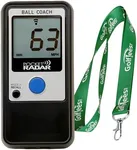

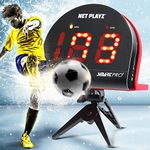


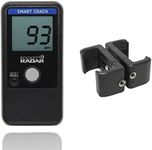
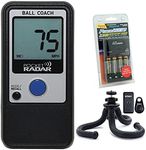
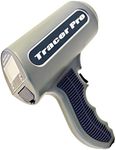

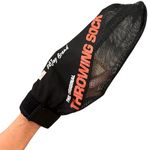



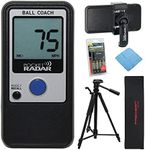
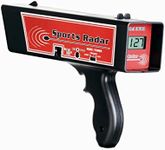
![Bushnell Speed Gun Velocity Radargun Speed Measuring Instrument Parallel Import Goods [One-touch Simple Measurement]](https://images-proxy.bestreviews.guide/i3Yz8XL79APQgjlpzDobZu73qCc=/0x150/https://m.media-amazon.com/images/I/41oawoK1olL._AC_CX679_.jpg)







